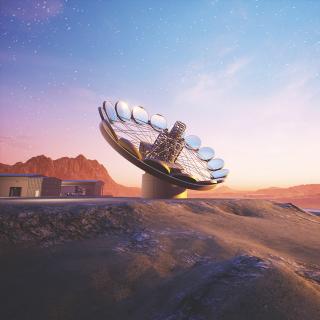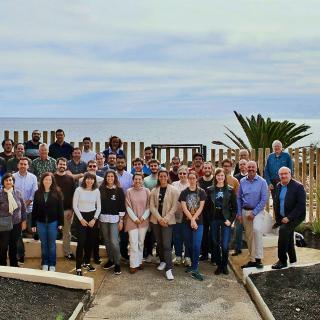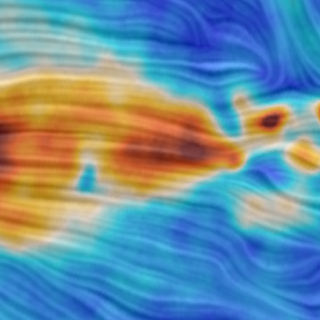
From 13th to 17th of February, in IACTEC, the technical collaboration zone of the Instituto de Astrofísica de Canarias, the first scientific meeting of the Laboratory for Innovation in Optomechanics (LIOM) is taking place. This is a project for the development of new optical and mechanical technology which will form part of the next generaton of telescopes, such as the ExoLife Finder (ELF), aimed at the search for life outside the Solar System. The meeting has brought together 30 specialists in optics and photonics from Europe, Canada, and the United States. During the course of this week
Advertised on




